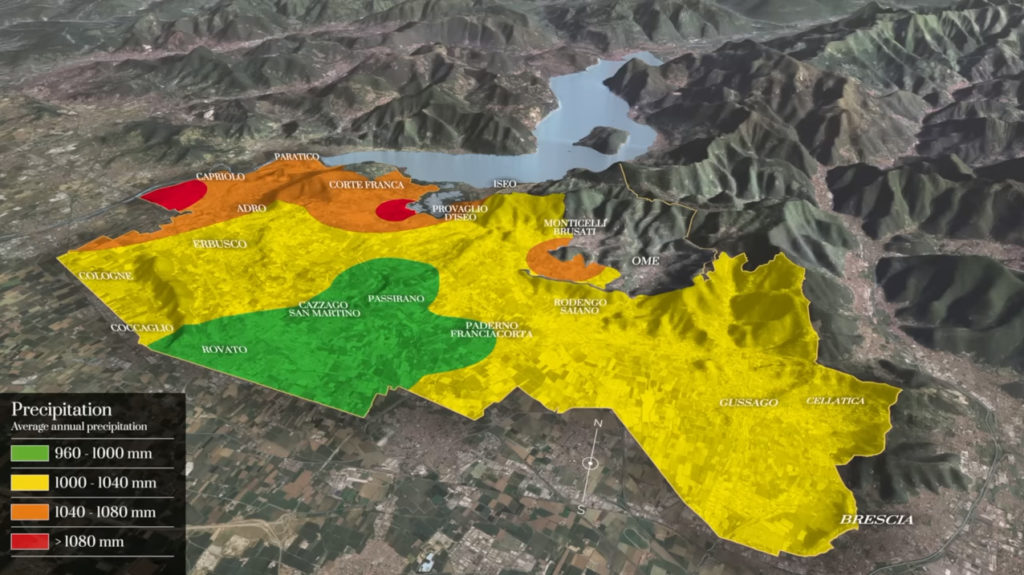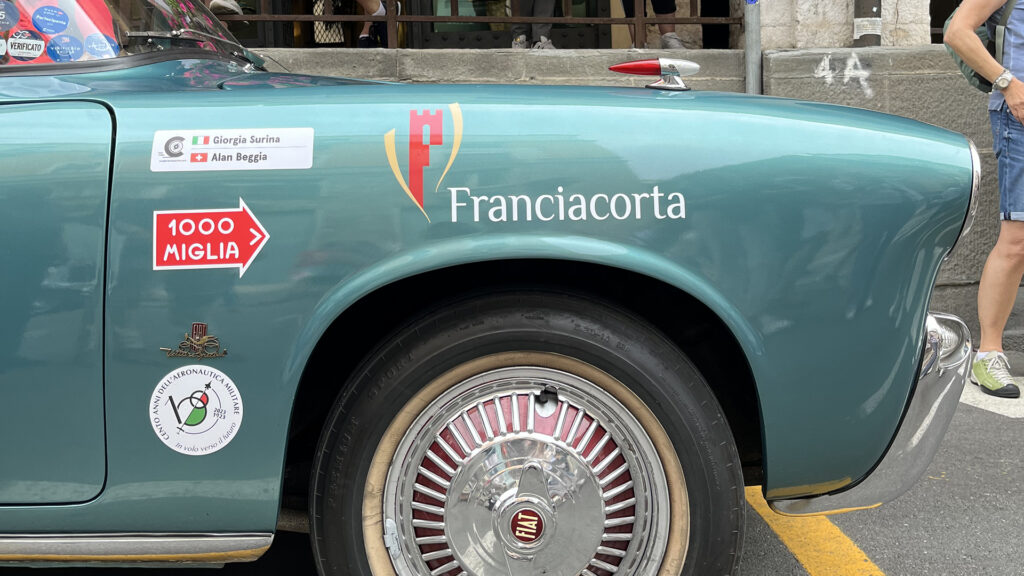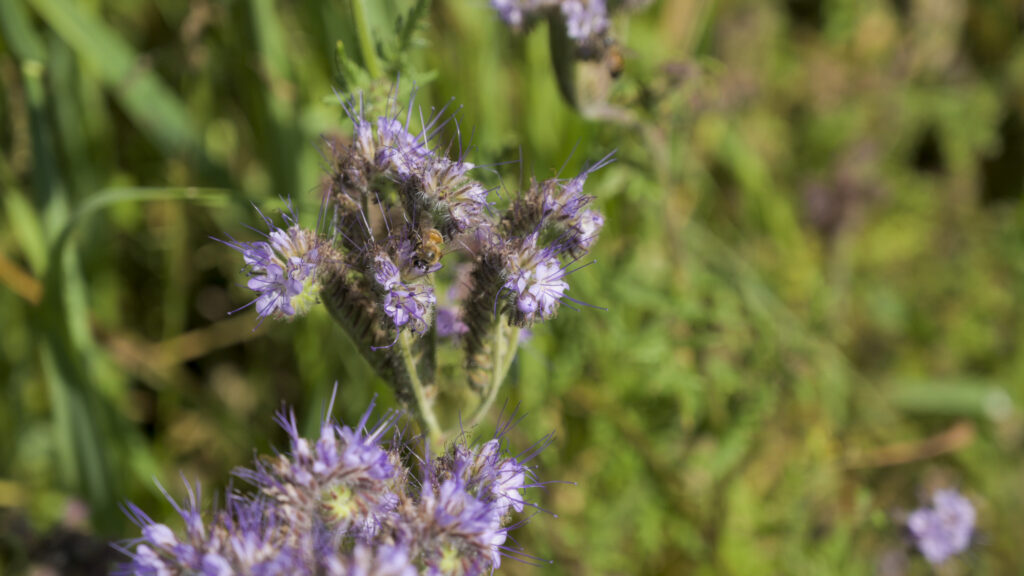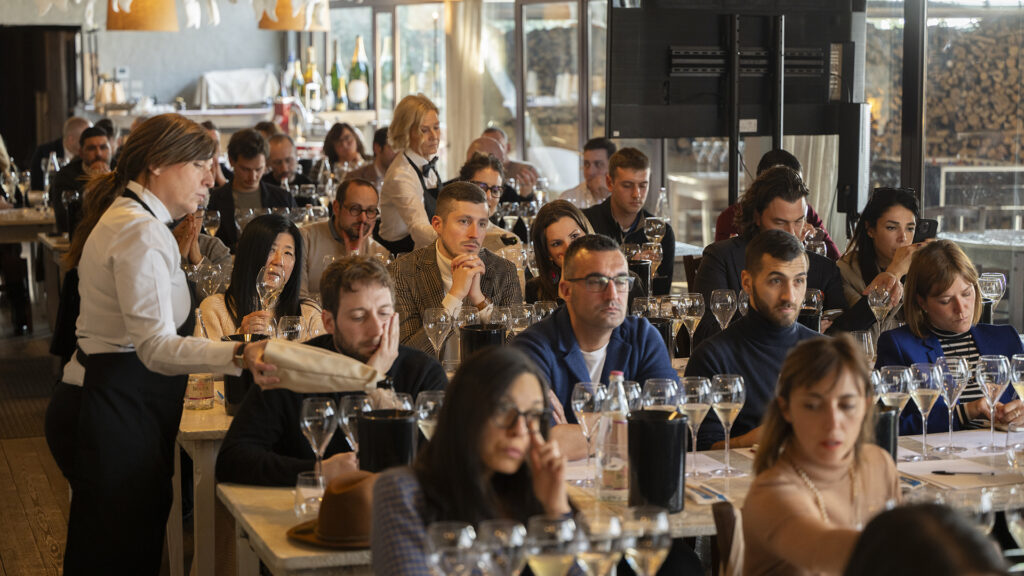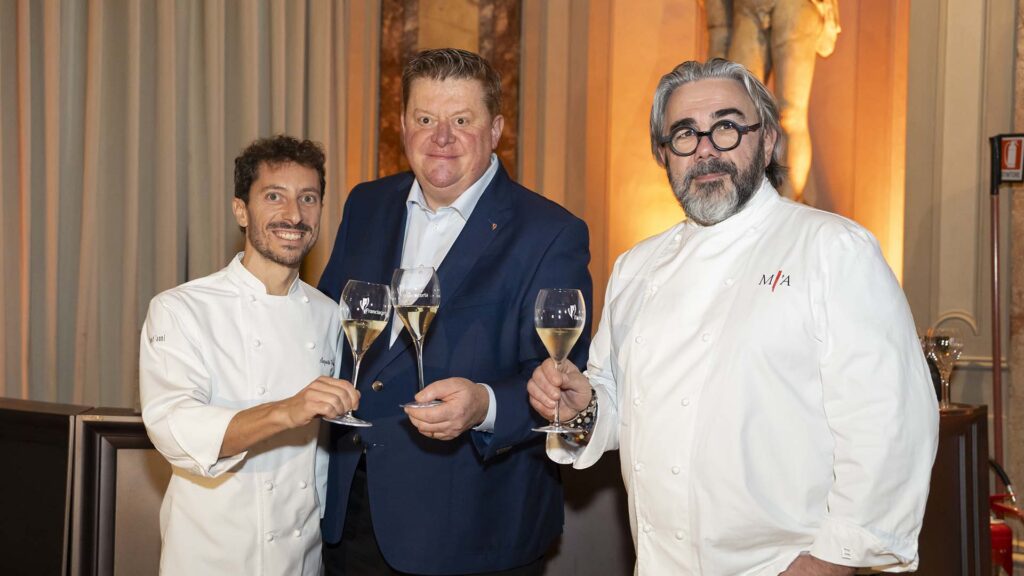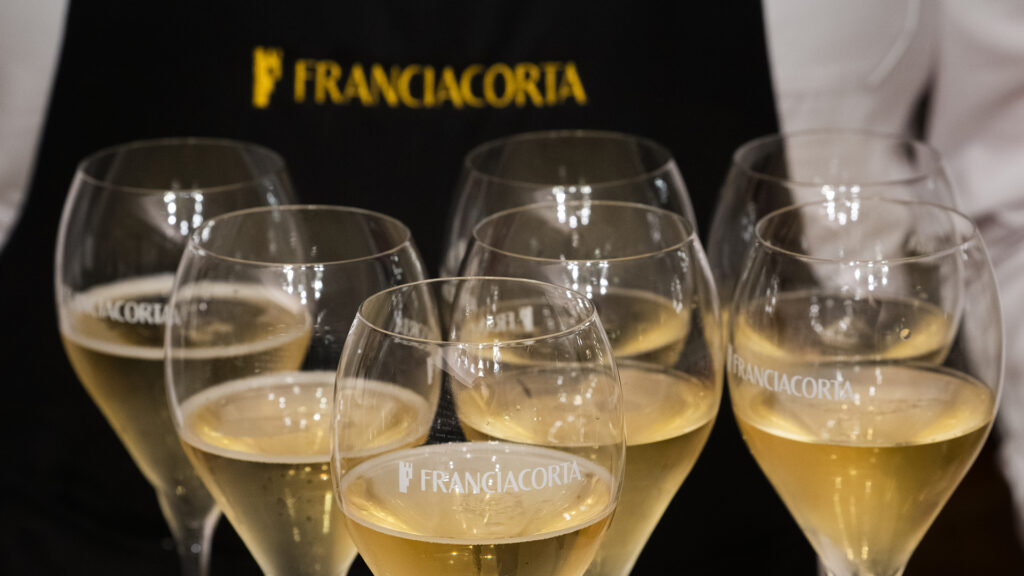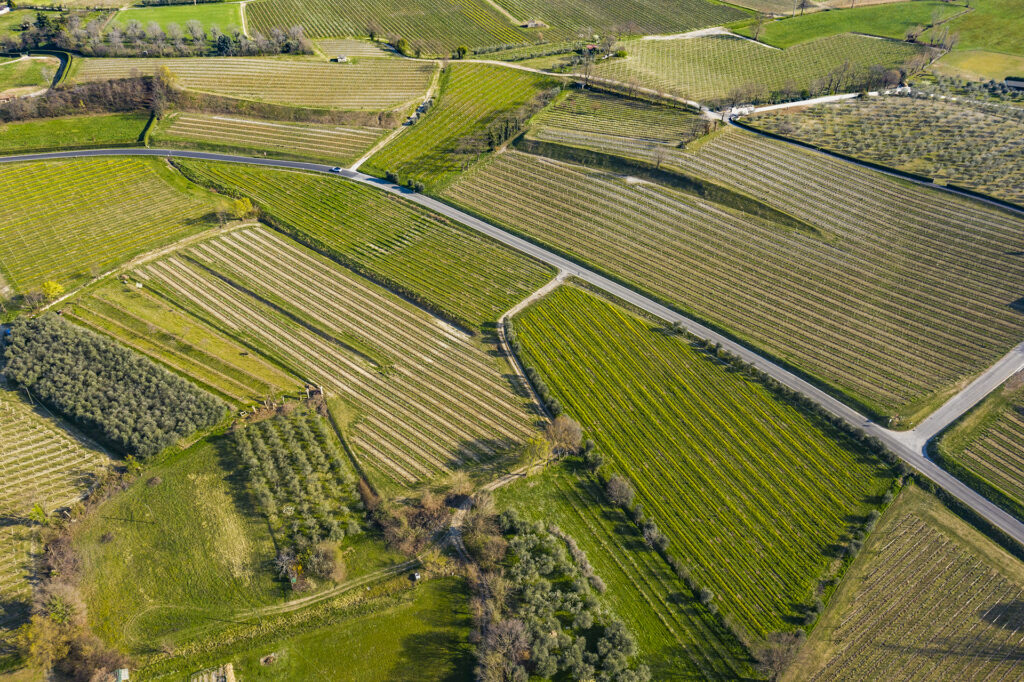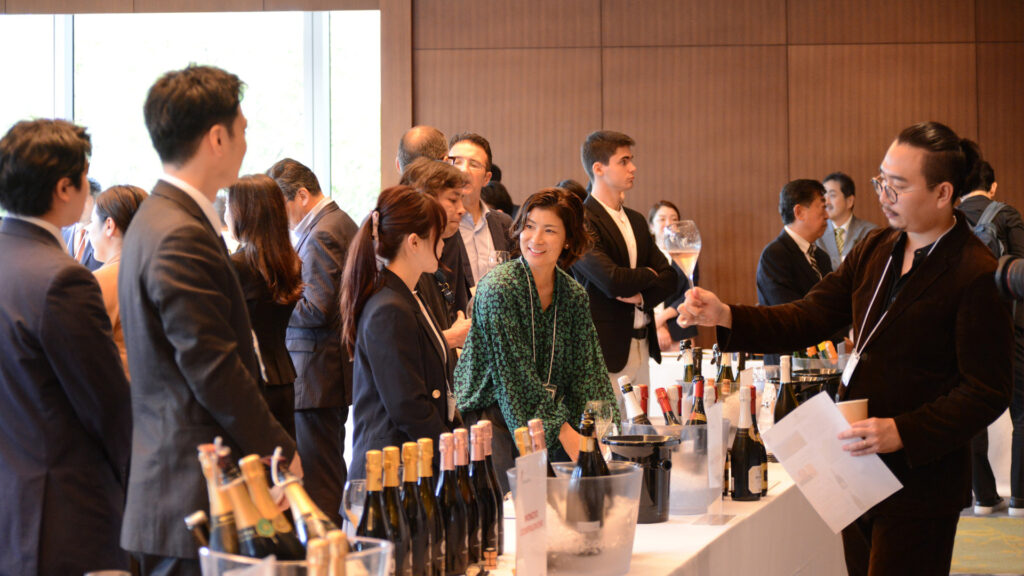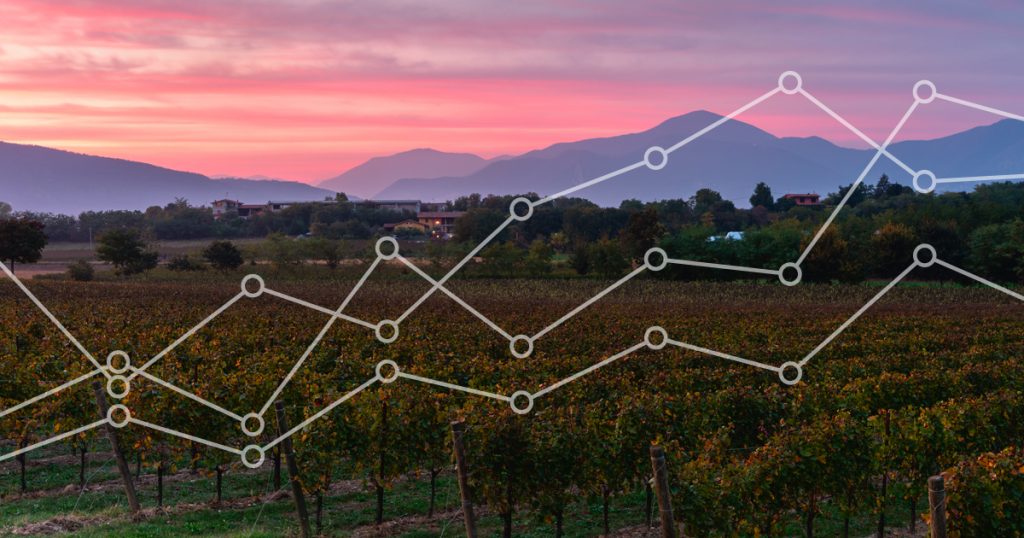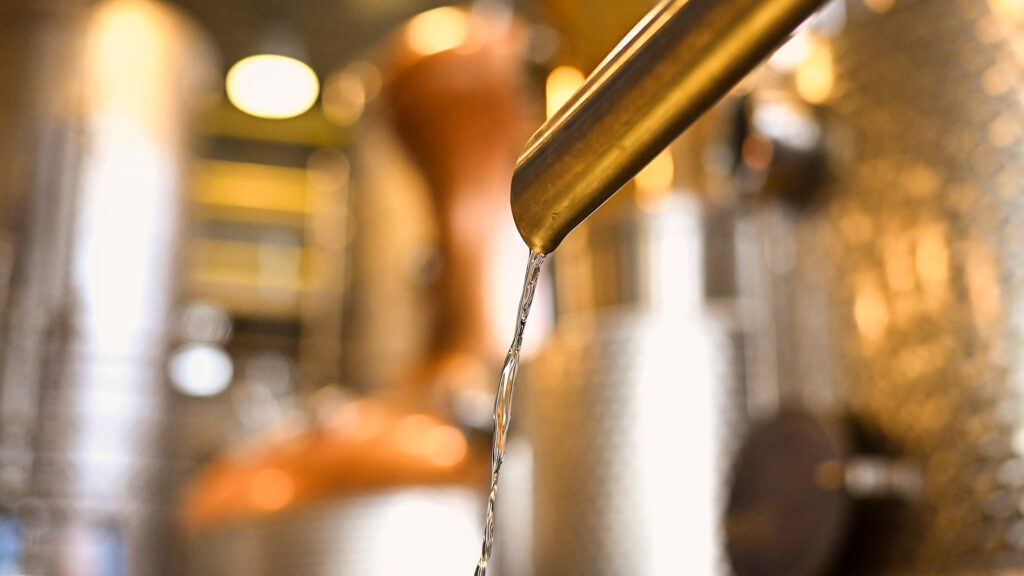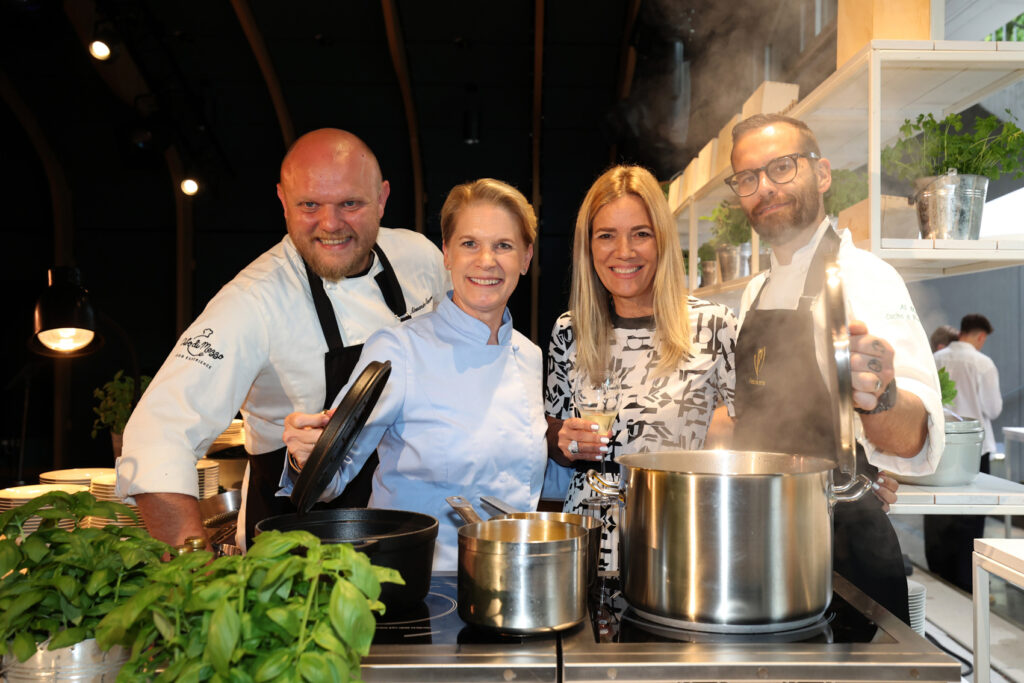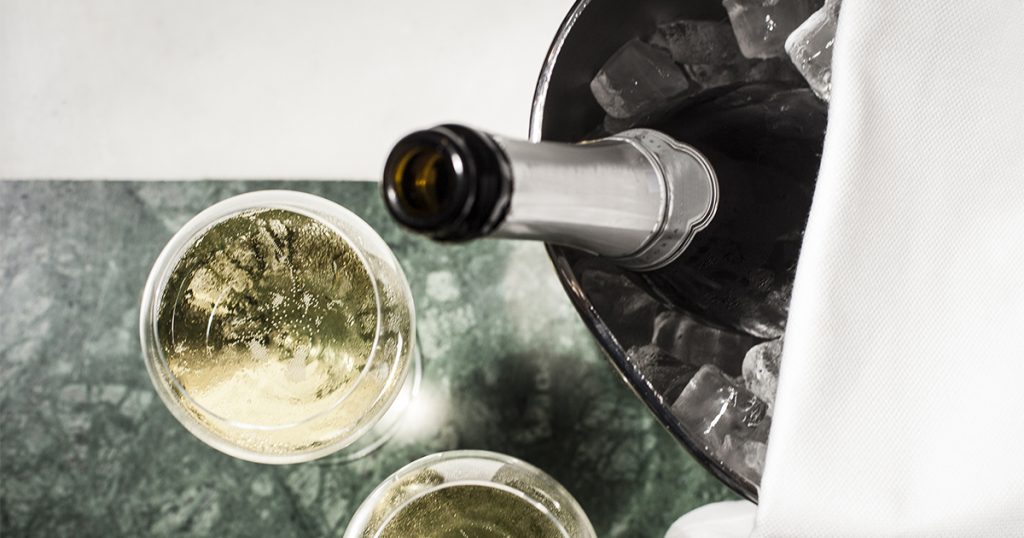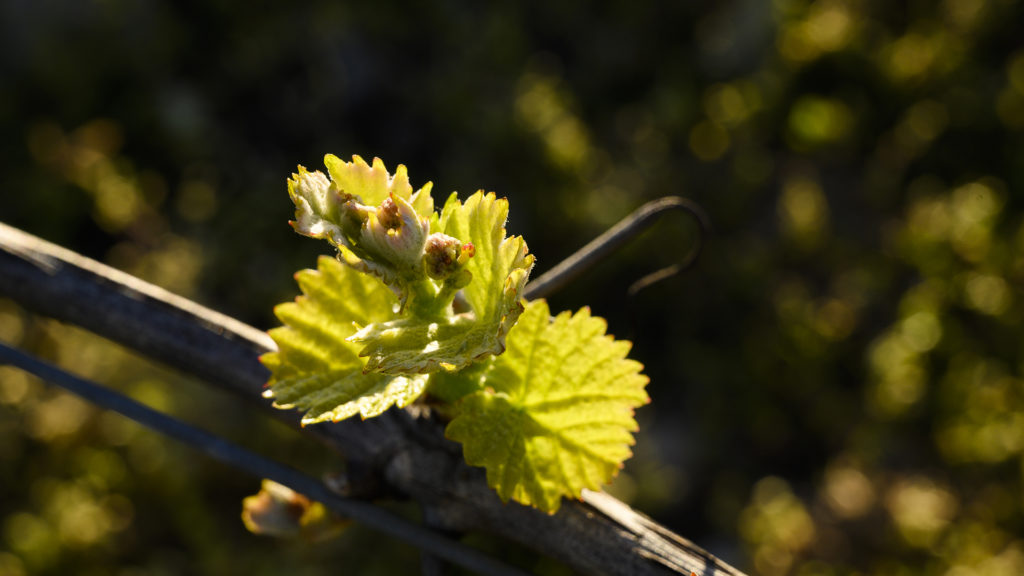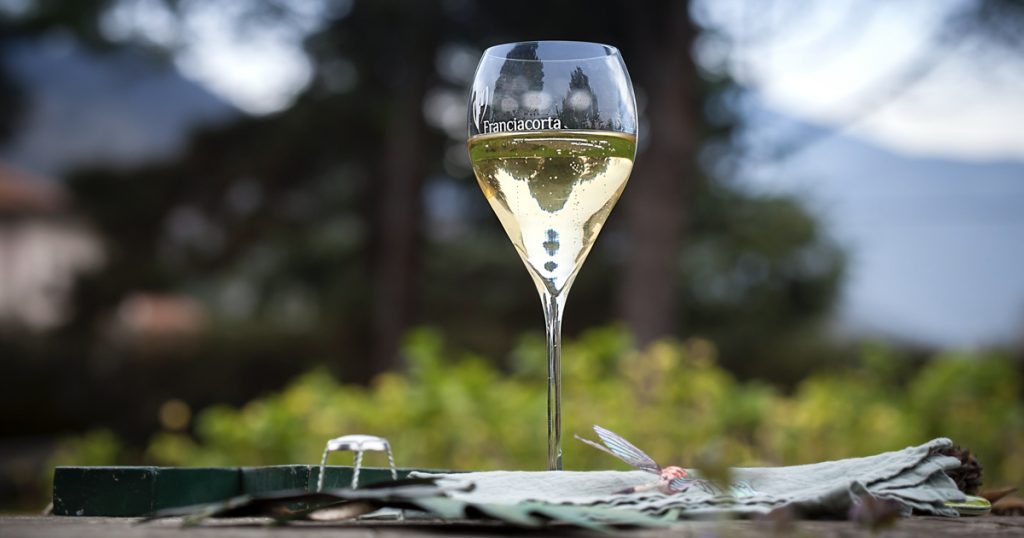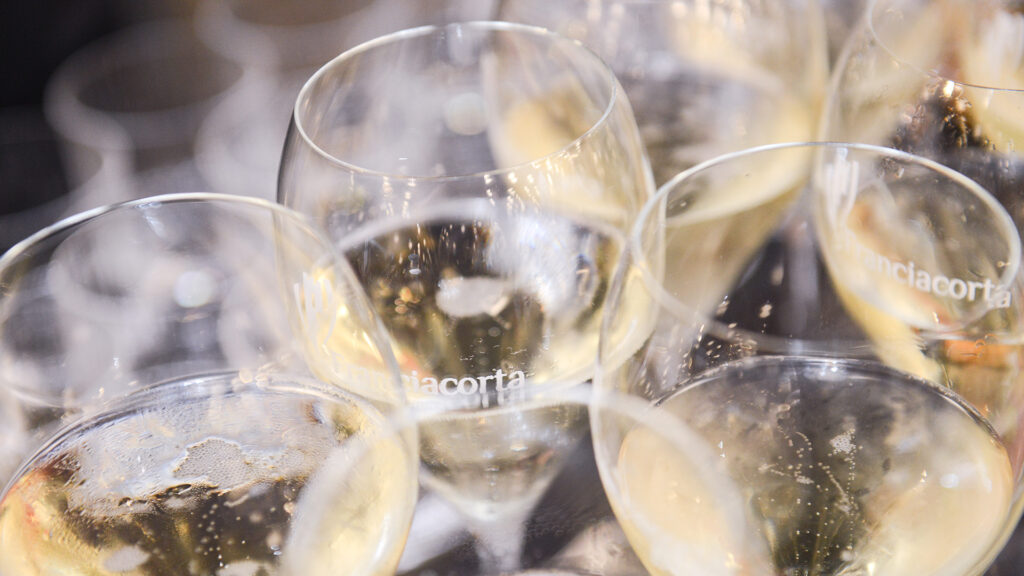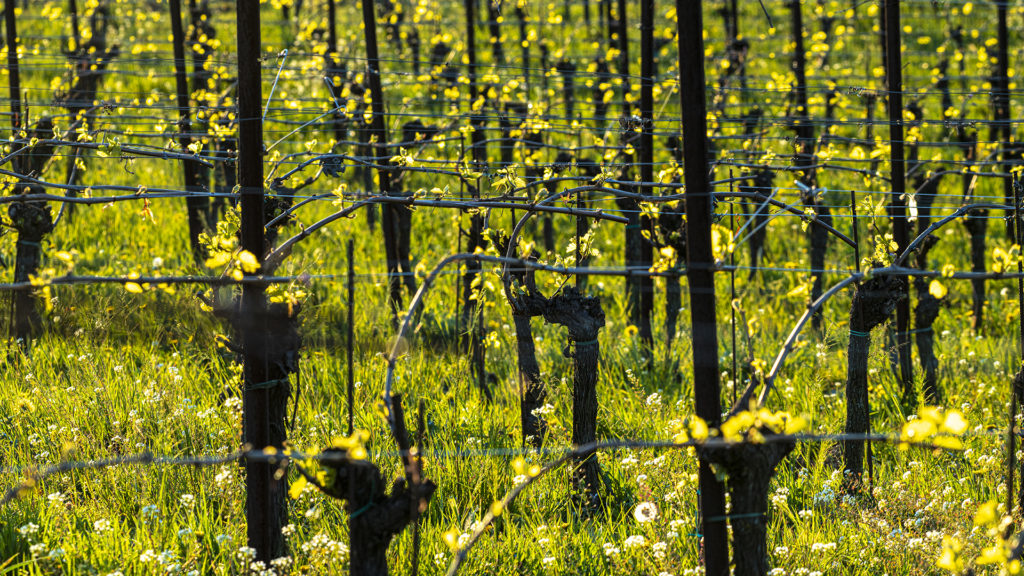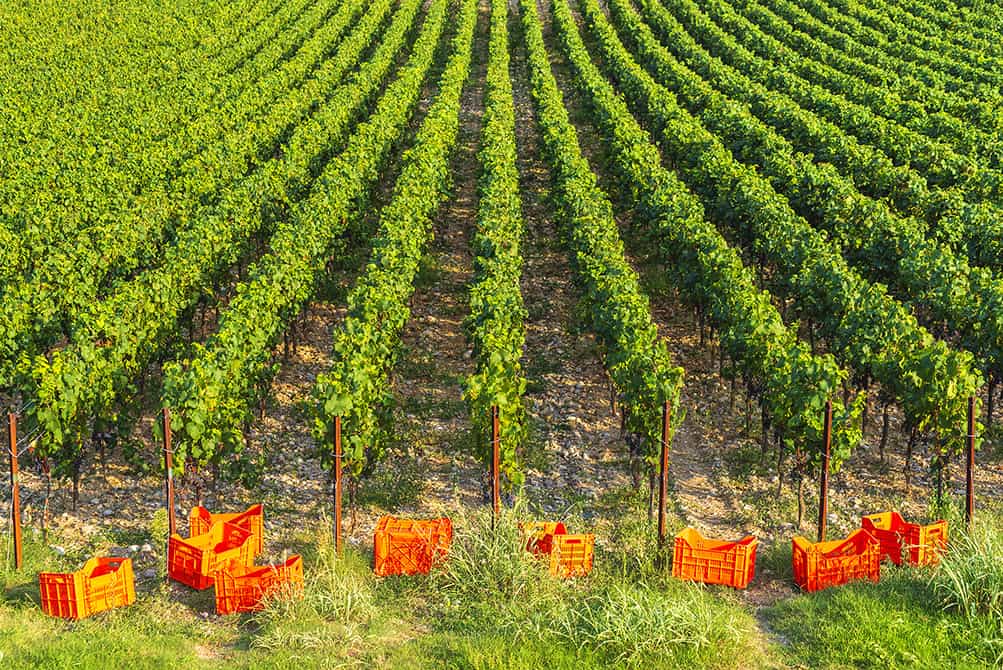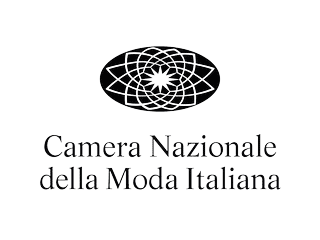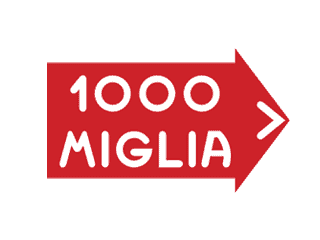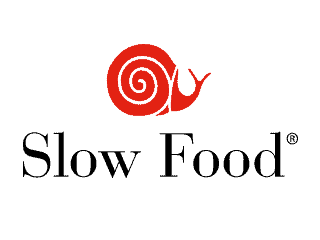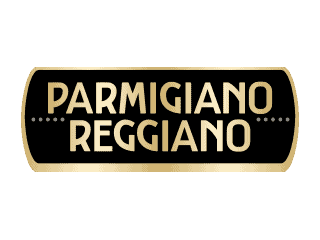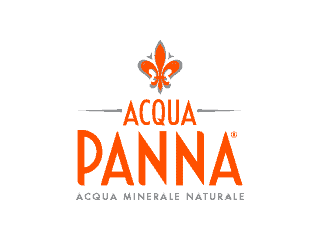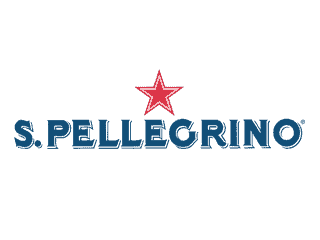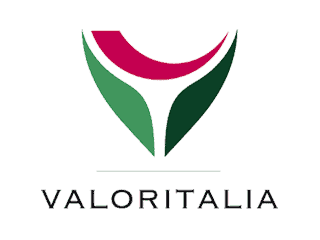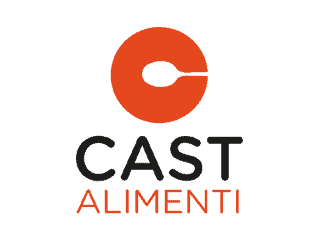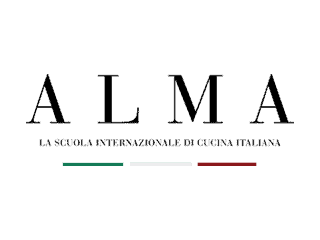This year’s plentiful spring rain made for balanced Franciacorta vineyards as well as a few worries. Now that the grapes have been harvested, silence has fallen on the wine cellars nurturing the new wine.
On 10 August the cutting of the first bunches of Pinot Nero in Parco della Santissima in Gussago inaugurated the Franciacorta harvest, a return to the norm after a 2022 harvest which was brought forward to the beginning of the month as a result of the long drought. And this was a good omen for an extremely positive harvest in both volume and quality terms, despite a start of the year which seemed to presage an arid continuum with the previous year. Low rainfall together with higher than average seasonal temperatures triggered vineyard growth, before giving way to spring rains which ushered in the rainiest May in the last twenty-five years.
All this rain certainly tested winemakers’ physical and psychological stamina, with the damp conditions providing an ideal environment for the proliferation of peronospora, causing problems for both organic and conventional growers. Prevention work bore fruit, however, avoiding the excessive damage experienced in central and southern Italy. By contrast, the state of Franciacorta grape health was close to perfect with a few exceptions in microareas characterised by clayey, slippery terrain in which the frequent rain complicated access to the vineyards for plant protection work. Even the threat of hail at times luckily passed off without serious effects on harvests.
Weather conditions generally made for good aromas and flavours in base wines, conserving the characteristics for which this prestigious DOCG stands out.
In quantitative terms too – after four years of below par production volumes – the results were extremely satisfying with maximum yields per hectare levels in regulatory terms being achieved in many cases. Considering the favourable vintage in climatic terms the Lombard region approved requests to activate harvest reserves as the regulations allow grape yields to be increased from 6500 to 7800 litres per hectare in certain conditions. This excess is blocked however and cannot be used for at least twelve months from its arrival in the cellars or made into single harvest wines. However it can be sold before it is ‘unblocked’ on condition that it is downclassed to DOC Curtefranca (and the vintage marked) or IGT Sebino (in this case the vintage reference is not mandatory).
The vintage was especially positive for Pinot Blanc and Chardonnay, thanks to fertility levels stimulated by the climatic stress of 2022 which enabled a large number of bunches to develop fully. The yields were great in both the vineyard and the grape press, building the foundations for an increase in production across the region in response to constantly growing market demand.
An excellent vintage: not all the rain did damage
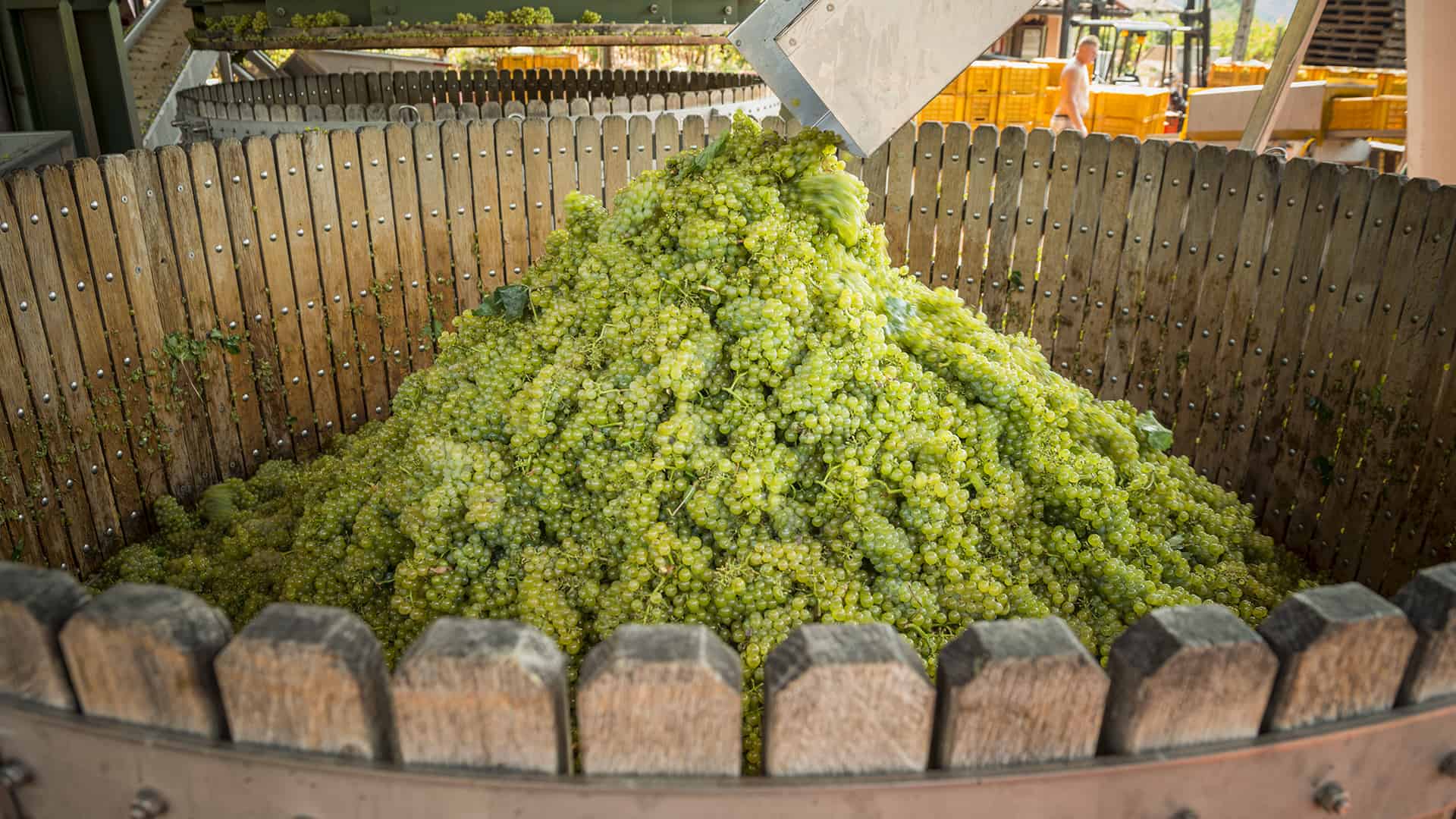
9 November 2023
Read also
